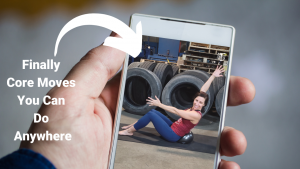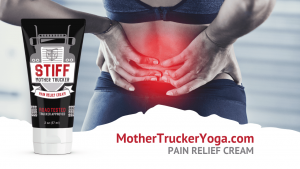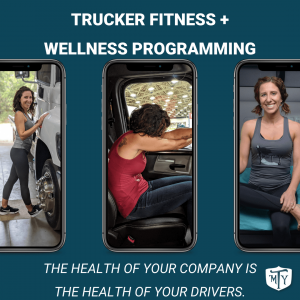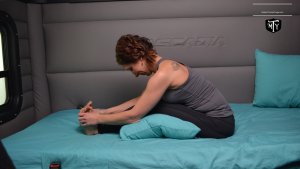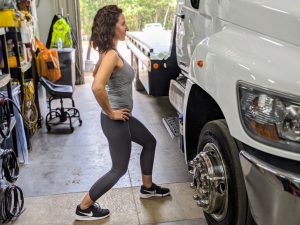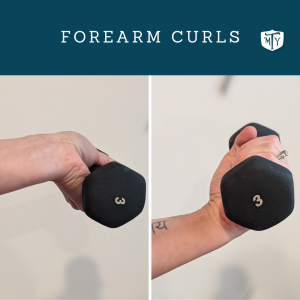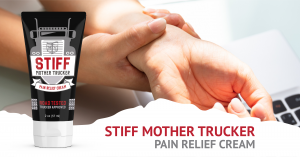5 Stress-Soothing Foods for Truck Drivers
Stress is everywhere, and it’s the wrong approach when you try to eliminate all the stress in your life. Because having stress in your life is a good thing. Yes, there is good stress. But stress in any form is not dealt with and utilized in a healthy way. That is when we see our health affected and our lives negatively affected. As a truck driver finding healthy foods to eat can not only be difficult, it in and of itself can be stressful. But when you know what to look for it can be easier for you to de-stress while on the road.
Five foods to your diet to help you soothe stress and live a happy and healthy life as a driver.
Stress-soothing foods that are easy to find and can be travel-friendly when needed!
Leafy Greens
Leafy greens are a fantastic way to improve your health and happiness while simultaneously soothing stress.
These leafy greens include:
- Spinach
- Chard
- Kale
These leafy green veggies offer your body essential minerals like magnesium, which may bring feelings of calm and help with aching muscles. Not to mention are high in fiber which can help you with digestion and elimination because no one likes to be constipated.
Almonds
This yummy nut is a perfect travel food and easy to store, making it great for truck drivers and travelers. Almonds are full of B vitamins, and when eaten as a part of a healthy diet, they may help you stay afloat during stressful times. Try soaking almonds in a jar of water for 24 hours, then rinsing them to help you unlock their total nutritional value. Then dehydrate them for an even crispier crunch.
Dark Chocolate
Who doesn’t love chocolate, and who isn’t looking for a reason to take a nibble? Dark chocolate is not only delicious. It is packed full of antioxidants, which is just what your body ordered when trying to combat stress day in and day out. Keep a close eye on your ingredients when buying dark chocolate, as many brands have junk ingredients mixed in. But a piece a day will surely help keep stress at bay.

Oranges
Another great travel food, oranges are not only delicious but are high in Vitamin C, which will help your body lower stress when eaten as a part of your regular diet. Oranges come in all sizes from Mandarin to Clementines to Navel Oranges, and you can even step outside the orange family and give a grapefruit a try. But beware, drinking orange juice, although it has high Vitamin C levels, drinking your orange juice can be higher in sugar, and research has shown that eating your oranges is better for your body than drinking them.
Complex Carbs
Now don’t get scared. The media has done a great job of scaring most people into thinking that you should run for the hills when you hear the word carb. But every cell in your body is made up of lipids (fats), amino acids (protein), and yes carbohydrates. It would be best if you had these to operate optimally for your cells, and those cells include your brain cells. But remember, everything in moderation! When you eat complex carbs, you give your body much-needed glucose and helps your brain produce serotonin to help you function and keep depression at bay.
Some Complex Carbohydrates include:
- Starchy Vegetables
- Beans
- Sweet Potatoes
- Quinoa
Food is fuel, and food is medicine. Let’s change how we look at the food to change how we function in life. Stress may not be avoided, and you don’t need it to be when you fuel your body with the right foods. When you couple a variety of foods with living an active lifestyle (even as a truck driver), this can be a game-changer when dealing with stress on the road.
